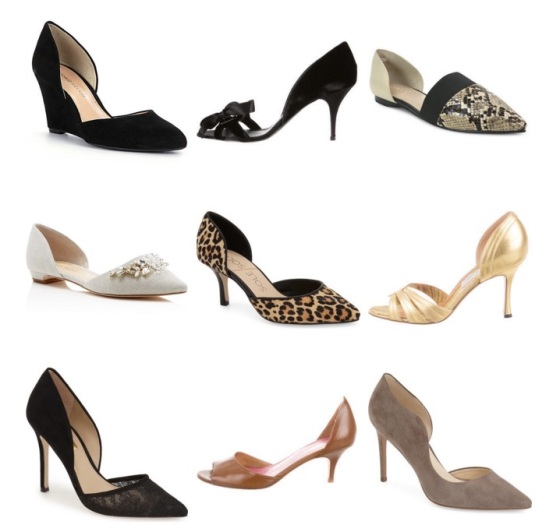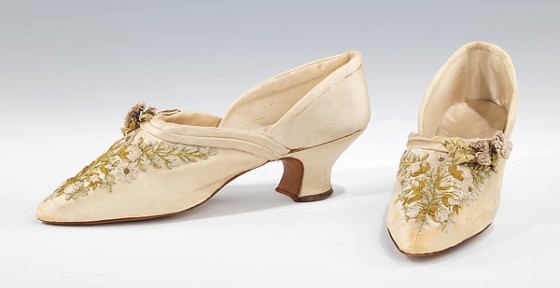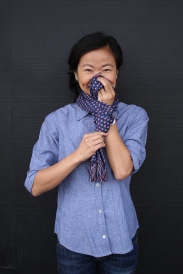1 | 2 | 3 | 4 | 5 | 6 | 7 | 8 | 9
Pumps, peep-toes, platforms, slingbacks, stilettos…with so many shoes to choose from, it’s no wonder I’m still missing a d’Orsay in my life.
A traditional d’Orsay shoe is a pump with a closed toe and covered heel. But here’s the kicker in these classy kicks: the sides of the vamp are cut out to expose the arch of the foot. These days, the d’Orsay style comes in a variety of heel heights and types such as flats, kitten heels, wedges, and peep toes to boot.
Edwardian silk d’Orsay slippers, 19th century
There’s something je ne sais quoi about a d’Orsay pump that makes it so chic, perhaps because of its French origins. It is thought that the shoe is named after Count Alfred d’Orsay, a 19th century French artist with an impeccable style. Once upon a time, men wore pumps, and a common problem they encountered was gaping on the sides due to wide feet and ill fitting shoes. D’Orsay came up with the genius idea of cutting out the sides for a better fit, giving birth to the dandy d’Orsay pump we know today.
D’Orsay pumps are considered to be a sexy shoe, but wearer beware, it comes with a price. To prevent the foot from slipping out, the shoes are sometimes designed a little tighter than usual. Combine this with the pointy toe, and your feet will be cursing merde in the name of fashion.


























